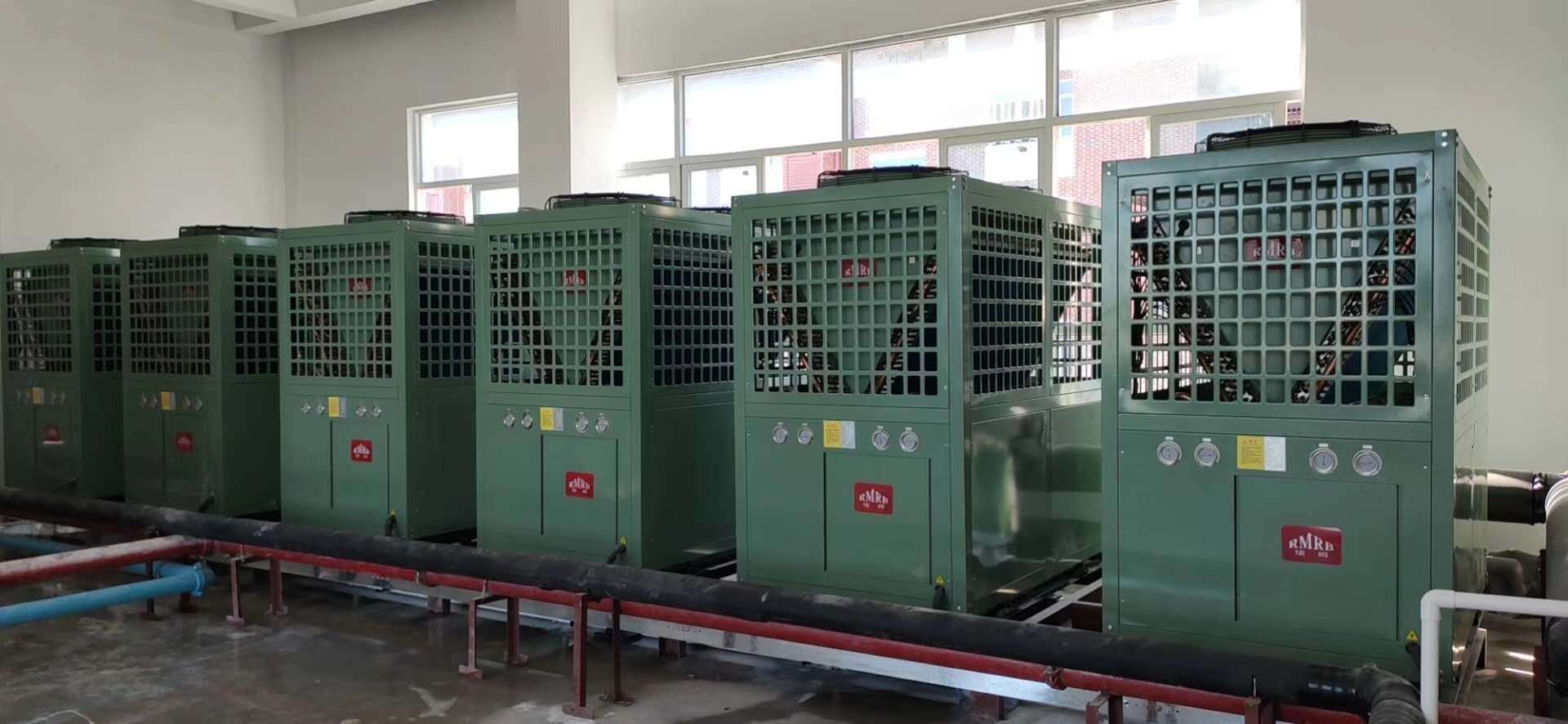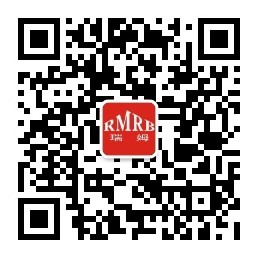Success Stories
Economic analysis for clean heating technologies such as air source heat pumps in northern regions
Published on:
2023-04-20
There is basically no central heating in the rural areas of North China, and the main way of heating is decentralized heating. According to the editor's understanding, most rural areas in China are relatively primitive in terms of heating and living energy use, lacking unified standards and backward technologies.
At present, Beijing , Tianjin , Hebei , Shanxi , Shandong , Henan and other northern provinces and cities are actively carrying out clean energy work through the main technical path of using coal as electricity and coal as gas. Solar energy , biomass energy, air energy, geothermal energy and waste heat are used as a common renewable energy source. Its operating cost advantage has been paid more and more attention by people.

Air source heat pump heating system is currently the most widely used technology in coal upgrading projects. It uses the reverse Carnot cycle principle to extract heat from low-grade air by inputting electricity and deliver it to the heating device. Air source heat pumps can be divided into hot air type and hot water type. The hot air heat pump is generally installed indoors, and the indoor unit is placed directly indoors. The control is flexible and convenient, which is conducive to energy saving and consumption reduction. There is no antifreeze requirement. The acceptance of indoor noise and hot air heating should be further evaluated. Hot water heat pumps are generally matched with traditional hot water heating systems, one system at a time, and the ends are dispersed. The heat method is the same as the original soil heating method. Farmers are easy to accept, but it is not easy to realize cabin adjustment. At present, the vast majority of coal conversion projects represented by Beijing are based on hot water heat pumps.
The air source heat pump heating project in Beijing has been monitored for the whole heating season. The lowest seasonal COP of the system is 1.64 and the highest is 2.99. At the air end, the supply water temperature is lower and the COP is relatively higher. The energy efficiency of the system is not significant. The power consumption of the system during the valley power period accounts for 40% to 50% of the total power consumption.
For air source heat pump heating systems, when the electricity price is 0.4883 yuan/kWh, the average energy efficiency ratio of air source heat pumps at the same level cannot be lower than 2.22, and the average energy efficiency ratio of air source heat pumps at the same level in coal-fired boilers cannot be less than 2.57. If considering the preferential policy of 0.1 yuan/kWh for coal-fired electricity, the average electricity price is 0.4883 yuan/kWh, and the electricity consumption during the valley electricity period accounts for 50% of the total consumption, with an average energy efficiency. In gas-fired wall-hung boilers, the ratio of air source heat pumps at the same level cannot be less than 1.34, and in coal-fired heating furnaces, the ratio of air source heat pumps at the same level should be reached for heating. The annual average energy efficiency ratio cannot be lower than 1.55. From the above calculation, it can be seen that if the air source heat pump is used without considering the depreciation of the initial investment of the system and the grid, it is completely acceptable to only consider the operating cost.


